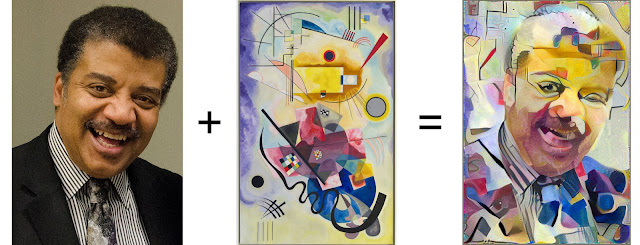If you’ve watched our videos, you already know how much we love science... and art! Whenever we visit the Google homepage, we’re always tickled to find a doodle, which combines the best of both. Google doodles are fun illustrations of the Google logo that celebrate holidays, anniversaries, and the lives of famous artists, pioneers, and scientists -- everything from the discovery of water on Mars to Canadian inventor Sandford Fleming’s 190th birthday.
Now with Doodle 4 Google, kids have the chance to see their artwork on the Google homepage for the whole country to enjoy. Doodle 4 Google is a nationwide competition, inviting students from kindergarten to Grade 12 to redesign the Google logo.*
As Canada blows out a whole lot of candles this year for its 150th birthday, what better way to celebrate than by imagining what the next 150 years will look like? That’s why Google is asking students to submit doodles based on the theme: “What I see for Canada’s future is…”.
Creating the top doodle comes with major perks: not only will their artwork adorn the Google.ca homepage for a day, but the winner will receive a $10,000 university scholarship, a $10,000 technology grant for his/her school, and a paid trip to the final Doodle 4 Google event in June. For more details, check out g.co/d4gcanada.
To help judge this year’s competition, the Honourable Kirsty Duncan, Minister of Science, En Masse co-founder Jason Botkin, president of the National Inuit Youth Council Maatalii Okalik, and Google Doodler Sophie Diao, will join us as your panel of esteemed doodle judges.
When we come up with themes for our videos, we look to cool things in science and tech for inspiration. If you know a young artist that may need a little nudge to get their creative juices flowing, we’ve worked with Google to create classroom activities that will help parents, teachers and students brainstorm, design and submit their doodles.
Participating is easier than ever. This year, students can submit a doodle made from almost any medium….including code! Ladies Learning Code created an online tutorial offering inspiration and a step-by-step guide to coding a Google doodle. Check it out here.
In Toronto in April? All throughout the month of April, parents and kids can visit the Art Gallery of Ontario to get inspired and create a doodle during Family Sundays.
Teachers and parents can download entry forms on the Doodle 4 Google site. Doodles can be uploaded digitally to Google’s site or mailed directly. Submissions are due on May 2nd. There’s no limit to the number of doodles from any one school or family... Just remember, only one doodle per student.
Let’s get our doodle on, Canada!
*Entrants need a parent or legal guardian’s permission (and signature on the entry form) in order to participate. Residents of Quebec must be at least thirteen years of age. Please see full terms and eligibility requirements here: doodles.google.ca/d4g/rules.html



